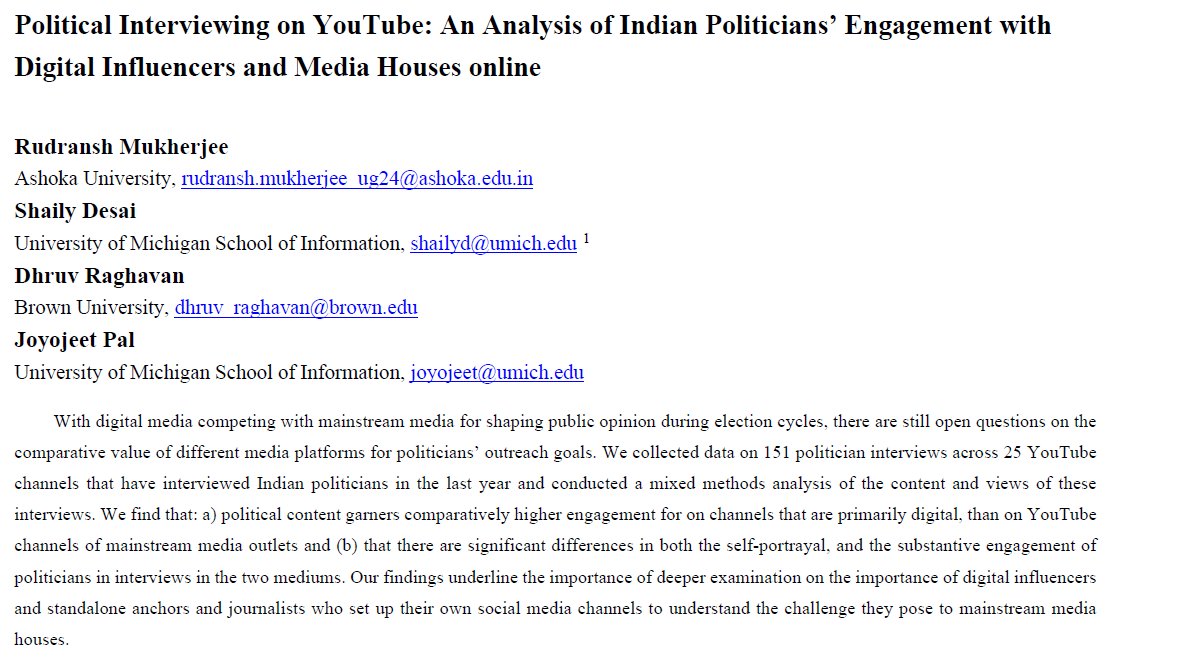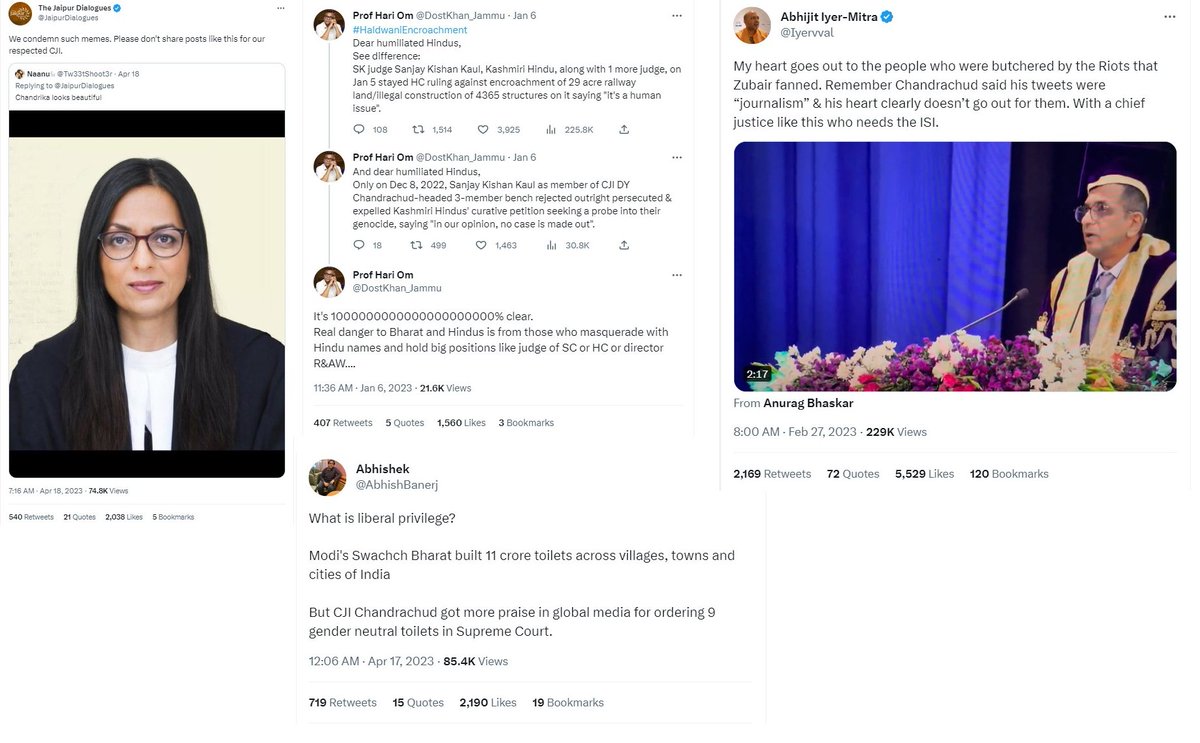We examined Twitter messaging related to the Hijab Ban.
TL;DR
Most engagement is anti-Ban, but loudest influencers are pro-Ban
Most people with opinions on the issue are male
Most major politicians, incl those claiming secular credentials, dodged the issue, ex Gandhis
1/n
TL;DR
Most engagement is anti-Ban, but loudest influencers are pro-Ban
Most people with opinions on the issue are male
Most major politicians, incl those claiming secular credentials, dodged the issue, ex Gandhis
1/n
The most engaged accounts are influencers on the right who lean pro-ban. However, the overall Twitter engagement is 5x higher on the anti-ban side.
This suggests an influencer-driven strategy for the pro-ban side.
This suggests an influencer-driven strategy for the pro-ban side.

Second, we see the timeline of engagement. The first peak was the Bhandarkar/Hegde college incidents & Rahul Gandhi's tweet.
The biggest spikes in Twitter activity come after the surrounding of the Hijab-wearing girls by classmates, and the Muskan Khan defiance incident.
The biggest spikes in Twitter activity come after the surrounding of the Hijab-wearing girls by classmates, and the Muskan Khan defiance incident.

We see that most trending anti-ban hashtags were countered with pro-ban hashtags in an organized fashion.
Thus #HijabIsIndividualRight followed by #YesToUniform_NoToHijab and #EducationIsMyRight is almost immediately followed by #HijaabNahinKitaabDo
Thus #HijabIsIndividualRight followed by #YesToUniform_NoToHijab and #EducationIsMyRight is almost immediately followed by #HijaabNahinKitaabDo
Only date when pro-Ban side trended was in the aftermath of US International Religious Freedom Ambassador's tweet on the matter, which was followed by a flood of NIMBY messaging. This also happened after @Malala Yousafzai's message. 

Almost 70% of the most engaged tweets are pro-ban, but anti-ban tweets are about 500% more in volume than pro-ban tweets This suggests a high degree of mobilization was done through a smaller number of tweets. This is a typical pattern seen in cases of astroturfing. 

Very few highly followed politicians engaged the issue ex. Gandhis, Tharoor, Asad Owaisi and a few others.
While @priyankagandhi did directly address the matter, she added the INC UP clarion call #LadkiHoonLadSaktiHoon
While @priyankagandhi did directly address the matter, she added the INC UP clarion call #LadkiHoonLadSaktiHoon
https://mobile.twitter.com/priyankagandhi/status/1491266789179011075
High-ranking BJP leaders also steered clear of the issue. Leaders with Twitter cache but electoral insignificance such as Subramanian Swamy and Kapil Mishra were among the few to engage in pro Hijab-ban messaging. 

While AIMIM took a direct stance defending the right to Hijab, other parties that rely on secular posturing including Samajwadi Party, Trinamool Congress, and Nationalist Congress Party were all silent on the issue.
For the most part, the majority of anti-ban messaging came from Muslims, Hindu allies either kept out of it, or were not central to the drivers of the conversation. A look at a wordcloud of who else those talking about the Hijab ban on both sides clearly tells this story. 

Exclusion of Hijab from other religious markers, particularly Sikh Turbans, was a pro-Hijab ban trope. This could be seen through the prism of avoiding alienating Sikhs in the middle of a state election, it could also be argued that the general stance is just to other Muslims. 

This is work by @actuallysoham and @anmolpanda_ A link to the paper and methodological details with curating and studying the tweets is available here:
joyojeet.people.si.umich.edu/hijab/
joyojeet.people.si.umich.edu/hijab/
• • •
Missing some Tweet in this thread? You can try to
force a refresh




















